1. Patel SG, Ahnen DJ. Prevention of interval colorectal cancers: what every clinician needs to know. Clin Gastroenterol Hepatol. 2014; 12:7–15.

2. Anderson R, Burr NE, Valori R. Causes of post-colonoscopy colorectal cancers based on world endoscopy organization system of analysis. Gastroenterology. 2020; 158:1287–1299.

3. van Rijn JC, Reitsma JB, Stoker J, et al. Polyp miss rate determined by tandem colonoscopy: a systematic review. Am J Gastroenterol. 2006; 101:343–350.
4. Rex DK, Cutler CS, Lemmel GT, et al. Colonoscopic miss rates of adenomas determined by back-to-back colonoscopies. Gastroenterology. 1997; 112:24–28.
5. Barclay RI, Vicari JJ, Johanson JF, et al. Variation in adenoma detection rates and colonoscopic withdrawal times during screening colonoscopy. Gastrointest Endosc. 2005; 61:AB107.
6. Soetikno RM, Kaltenbach T, Rouse RV, et al. Prevalence of nonpolypoid (flat and depressed) colorectal neoplasms in asymptomatic and symptomatic adults. JAMA. 2008; 299:1027–1035.
7. East JE, Saunders BP, Burling D, et al. Surface visualization at CT colonography simulated colonoscopy: effect of varying field of view and retrograde view. Am J Gastroenterol. 2007; 102:2529–2535.

8. Takeuchi Y, Inoue T, Hanaoka N, et al. Surveillance colonoscopy using a transparent hood and image-enhanced endoscopy. Dig Endosc. 2010; 22 Suppl 1:S47–S53.

9. Pohl H, Bensen SP, Toor A, et al. Cap-assisted colonoscopy and detection of adenomatous polyps (CAP) study: a randomized trial. Endoscopy. 2015; 47:891–897.

10. Kim SY, Park HJ, Kim HS, et al. Cap-assisted chromoendoscopy using a mounted cap versus standard colonoscopy for adenoma detection. Am J Gastroenterol. 2020; 115:465–472.

11. Ng SC, Tsoi KK, Hirai HW, et al. The efficacy of cap-assisted colonoscopy in polyp detection and cecal intubation: a meta-analysis of randomized controlled trials. Am J Gastroenterol. 2012; 107:1165–1173.

12. Desai M, Sanchez-Yague A, Choudhary A, et al. Impact of cap-assisted colonoscopy on detection of proximal colon adenomas: systematic review and meta-analysis. Gastrointest Endosc. 2017; 86:274–281.

13. Westwood DA, Alexakis N, Connor SJ. Transparent cap-assisted colonoscopy versus standard adult colonoscopy: a systematic review and meta-analysis. Dis Colon Rectum. 2012; 55:218–225.
14. Nutalapati V, Kanakadandi V, Desai M, et al. Cap-assisted colonoscopy: a meta-analysis of high-quality randomized controled trials. Endosc Int Open. 2018; 6:E1214–E1223.
15. Singh R, Owen V, Shonde A, et al. White light endoscopy, narrow band imaging and chromoendoscopy with magnification in diagnosing colorectal neoplasia. World J Gastrointest Endosc. 2009; 1:45–50.

16. Yao K, Anagnostopoulos GK, Ragunath K. Magnifying endoscopy for diagnosing and delineating early gastric cancer. Endoscopy. 2009; 41:462–467.

17. Hirano A, Yao K, Ishihara H, et al. Nature of a white opaque substance visualized by magnifying endoscopy in colorectal hyperplastic polyps. Endosc Int Open. 2021; 9:E1077–E1083.

18. Ferlitsch M, Moss A, Hassan C, et al. Colorectal polypectomy and endoscopic mucosal resection (EMR): European Society of Gastrointestinal Endoscopy (ESGE) Clinical Guideline. Endoscopy. 2017; 49:270–297.

19. Kaz AM, Anwar A, O'Neill DR, et al. Use of a novel polyp "ruler snare" improves estimation of colon polyp size. Gastrointest Endosc. 2016; 83:812–816.

20. Jin HY, Leng Q. Use of disposable graduated biopsy forceps improves accuracy of polyp size measurements during endoscopy. World J Gastroenterol. 2015; 21:623–628.

21. Watanabe T, Kume K, Yoshikawa I, et al. Usefulness of a novel calibrated hood to determine indications for colon polypectomy: visual estimation of polyp size is not accurate. Int J Colorectal Dis. 2015; 30:933–938.

22. Leng Q, Jin HY. Measurement system that improves the accuracy of polyp size determined at colonoscopy. World J Gastroenterol. 2015; 21:2178–2182.

23. Han SK, Kim H, Kim JW, et al. Usefulness of a colonoscopy cap with an external grid for the measurement of small-sized colorectal polyps: a prospective randomized trial. J Clin Med. 2021; 10:2365.

24. Ooi M, Young EJ, Nguyen NQ. Effectiveness of a cap-assisted device in the endoscopic removal of food bolus obstruction from the esophagus. Gastrointest Endosc. 2018; 87:1198–1203.

25. Fang R, Cao B, Zhang Q, et al. The role of a transparent cap in the endoscopic removal of foreign bodies in the esophagus: a propensity score-matched analysis. J Dig Dis. 2020; 21:20–28.

26. Nabi Z, Nageshwar Reddy D, Ramchandani M. Recent advances in third-space endoscopy. Gastroenterol Hepatol (N Y). 2018; 14:224–232.
27. Nabi Z, Reddy DN. Submucosal endoscopy: the present and future. Clin Endosc. 2023; 56:23–37.

28. Sumiyama K, Gostout CJ, Rajan E, et al. Submucosal endoscopy with mucosal flap safety valve. Gastrointest Endosc. 2007; 65:688–694.

29. Inoue H, Minami H, Kobayashi Y, et al. Peroral endoscopic myotomy (POEM) for esophageal achalasia. Endoscopy. 2010; 42:265–271.

30. Han SY, Youn YH. Role of endoscopy in patients with achalasia. Clin Endosc. 2023; 56:537–545.

31. Inoue H, Ikeda H, Hosoya T, et al. Submucosal endoscopic tumor resection for subepithelial tumors in the esophagus and cardia. Endoscopy. 2012; 44:225–230.

32. Pei Q, Qiao H, Zhang M, et al. Pocket-creation method versus conventional method of endoscopic submucosal dissection for superficial colorectal neoplasms: a meta-analysis. Gastrointest Endosc. 2021; 93:1038–1046.

33. Ikezawa N, Toyonaga T, Tanaka S, et al. Feasibility and safety of endoscopic submucosal dissection for lesions in proximity to a colonic diverticulum. Clin Endosc. 2022; 55:417–425.

34. Takezawa T, Hayashi Y, Shinozaki S, et al. The pocket-creation method facilitates colonic endoscopic submucosal dissection (with video). Gastrointest Endosc. 2019; 89:1045–1053.

35. Miura Y, Shinozaki S, Hayashi Y, et al. Duodenal endoscopic submucosal dissection is feasible using the pocket-creation method. Endoscopy. 2017; 49:8–14.

36. Fuke H, Sato H, Saito K, et al. Benefits and limitations of endoscopic hemostasis for upper gastrointestinal bleeding with clipping and gelform. Gastroenterol Endosc. 1996; 38:1993–1998.
37. Kim JI, Kim SS, Park S, et al. Endoscopic hemoclipping using a transparent cap in technically difficult cases. Endoscopy. 2003; 35:659–662.

38. Silva LC, Arruda RM, Botelho PF, et al. Cap-assisted endoscopy increases ampulla of Vater visualization in high-risk patients. BMC Gastroenterol. 2020; 20:214.

39. Abdelhafez M, Phillip V, Hapfelmeier A, et al. Comparison of cap-assisted endoscopy vs. side-viewing endoscopy for examination of the major duodenal papilla: a randomized, controlled, noninferiority crossover study. Endoscopy. 2019; 51:419–426.

40. Sanchez-Yague A, Kaltenbach T, Yamamoto H, et al. The endoscopic cap that can (with videos). Gastrointest Endosc. 2012; 76:169–178.

41. Soetikno RM, Gotoda T, Nakanishi Y, et al. Endoscopic mucosal resection. Gastrointest Endosc. 2003; 57:567–579.

42. Jensen DM, Kovacs T, Ghassemi KA, et al. Randomized controlled trial of over-the-scope clip as initial treatment of severe nonvariceal upper gastrointestinal bleeding. Clin Gastroenterol Hepatol. 2021; 19:2315–2323.

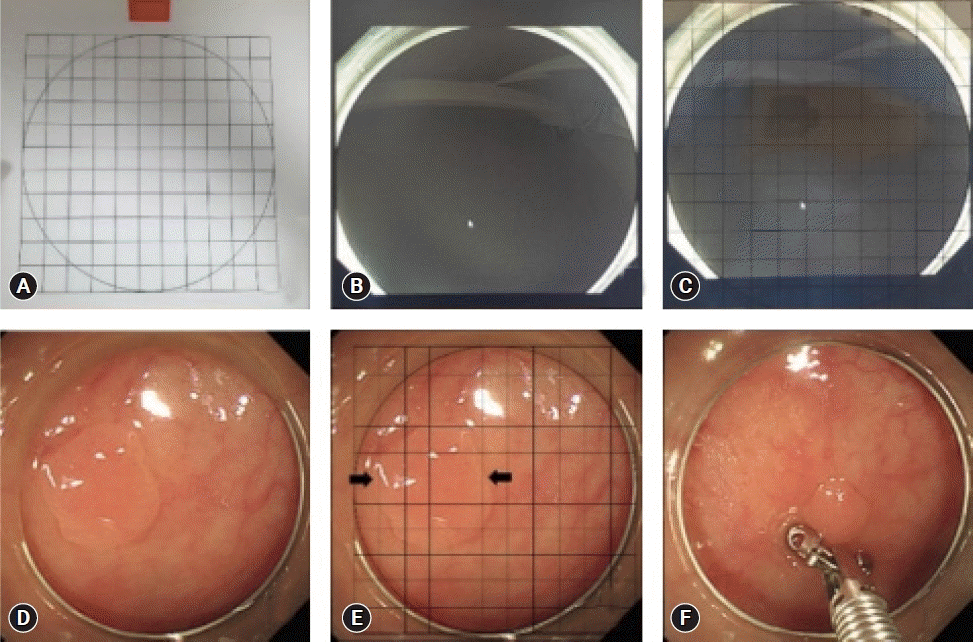
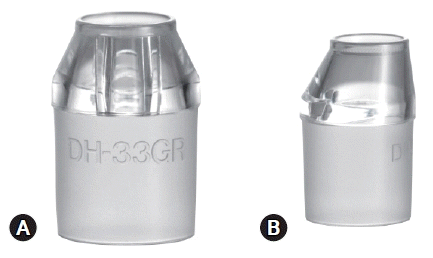




 PDF
PDF Citation
Citation Print
Print



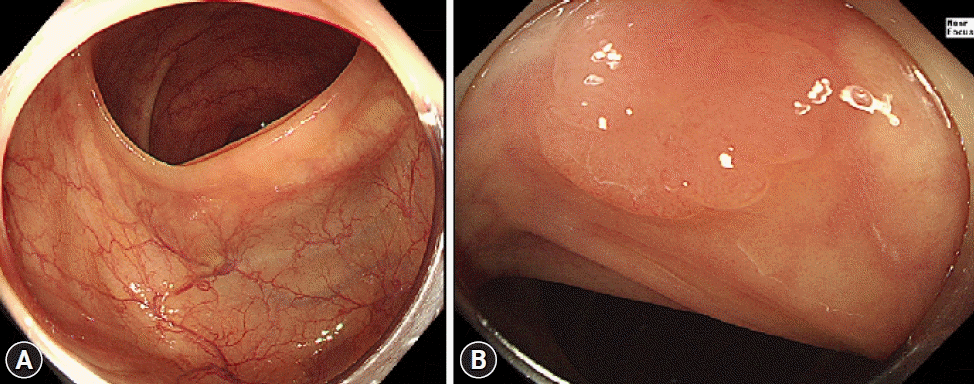
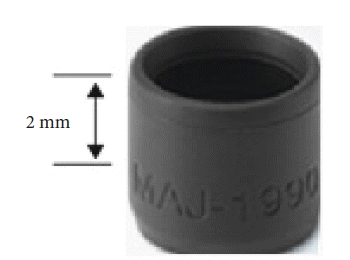
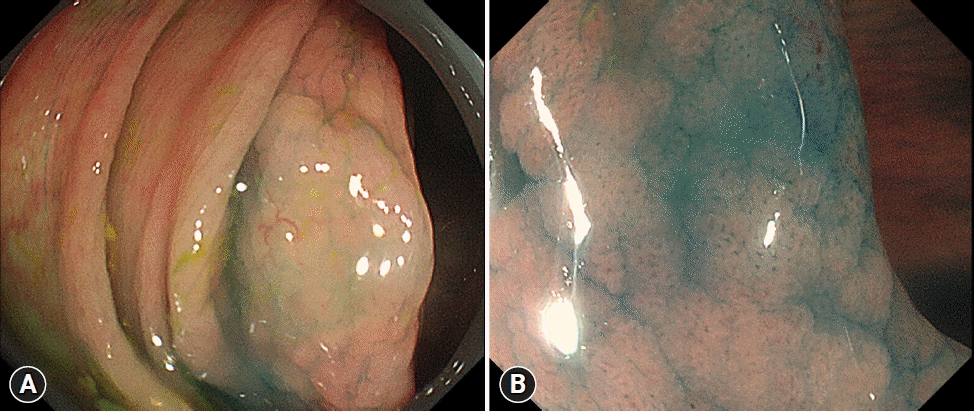
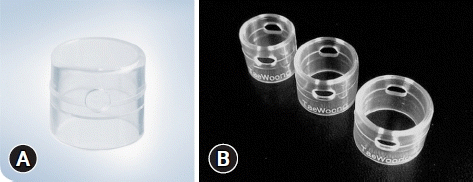
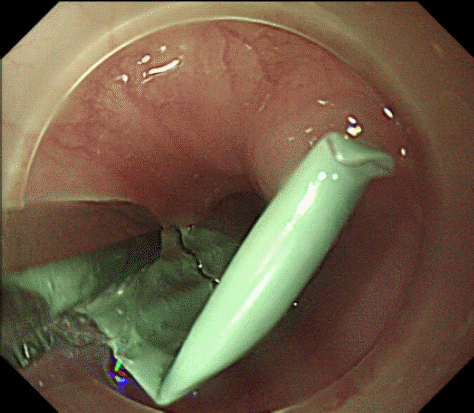
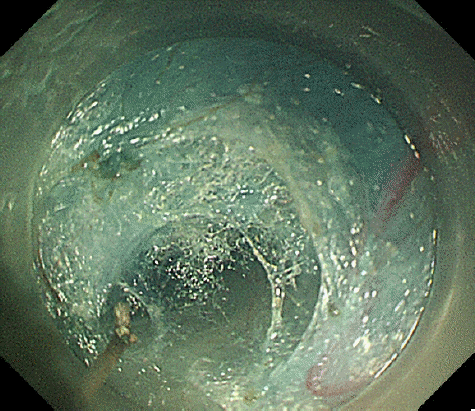
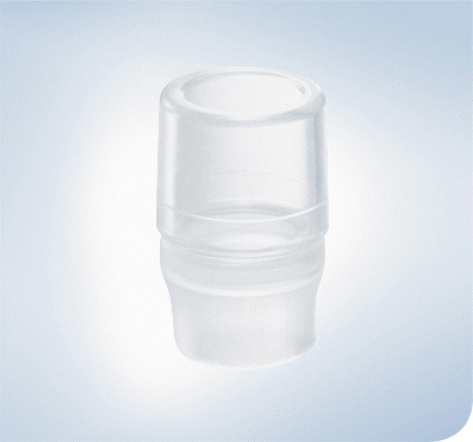
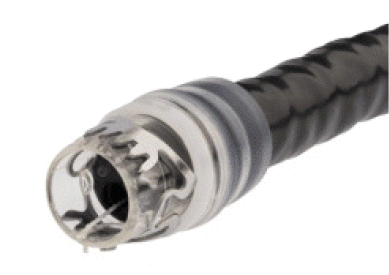
 XML Download
XML Download